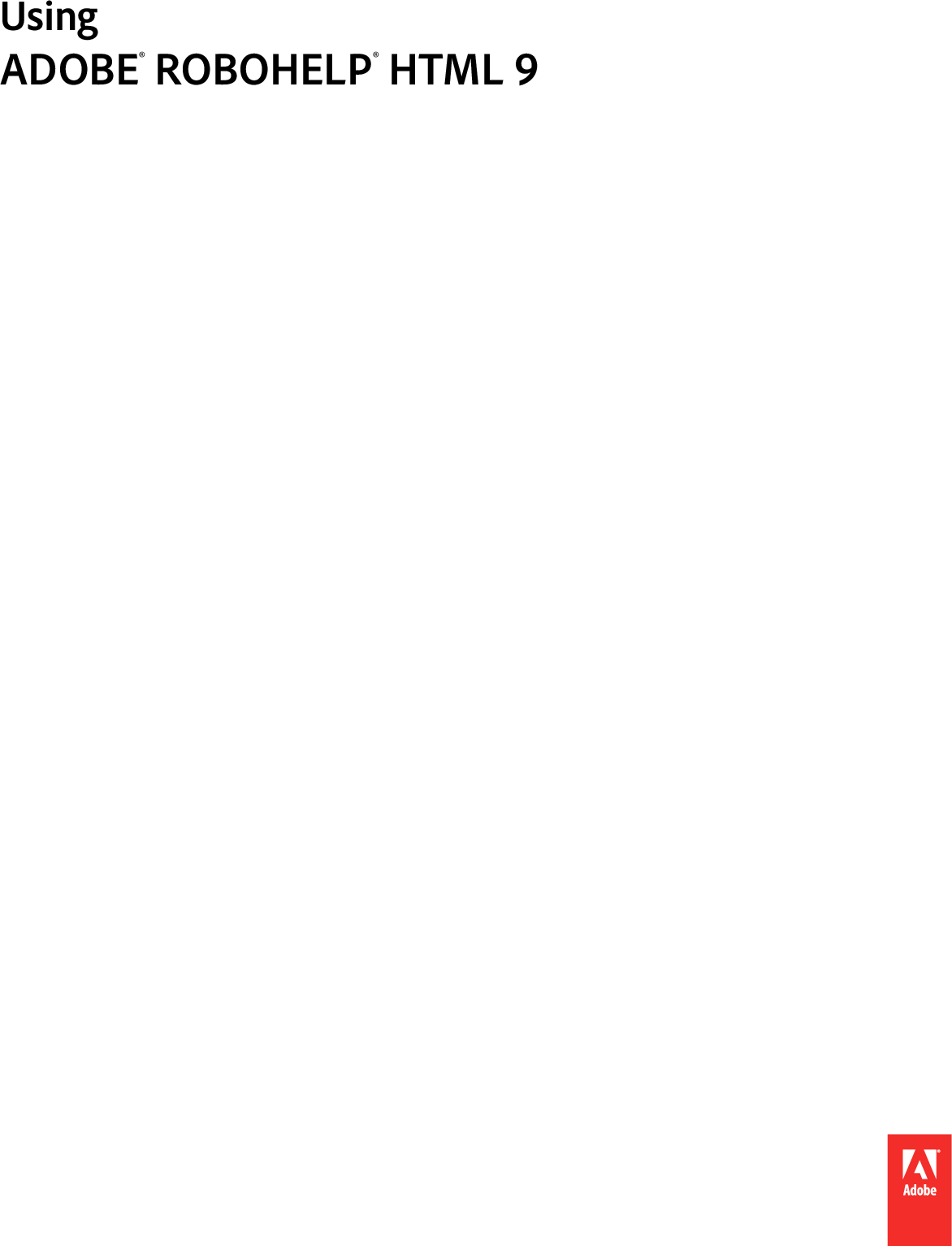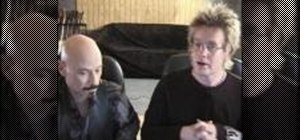- I FINALLY had some time to get Ep.2 of What Not To Do In Logic Pro X. I got some really good feedback last week with the first video, WNTDILPX (hey Joe - Jimi Hendrix) So Thank you very much to everyone that took the time to check it out last week!
- One useful feature for setting the amount of effect applied is the Sends on Faders option. Rather than setting the effect level using the small bus send controls, Logic flips the main faders so that they work as the send levels.
Set the value for the Fade In or Fade Out setting in the Region inspector by dragging the pointer vertically, or double-clicking and entering a value. How to play doom. Fades created using the Fade tool and the Region inspector are interactive. Most of the time, it's the idea of creating a fade out for the master output, or maybe an aux track you want to have pan by drawing in automation nodes with your mouse. Simply find an empty spot on the channel strip you want to add to the arrange window, and right-click (or control click), selecting Create Arrange Track (or use Control + T ).
Want to add a cool slow-down effect to your music? Learn how in this Logic Pro tutorial from Brevard, NC teacher John C…
If you've listened to popular radio in the past several years, and I'm guessing you have, you've heard either a vocal melody line or an instrumental part of a song make a particular effect. Listen to the following Fall Out Boy song and pay attention to the music in the background at 00:27 seconds, again at 1:27, and once again at 2:27:
Did you hear it? That's the effect I will be teaching you how to do in this article.
How to Get the Effect
Before we jump in, let's get a couple things out of the way. How to download fortnite from epic games.
First, I want you to understand that this is not the only way you can go about making this effect happen, but Apple has made it easy for us Logic Pro users. This effect we are trying to accomplish is a type of 'fade' in Logic, and there are two different areas in Logic where you can accomplish it. One way is with Automation. To get to the automation area in Logic Pro 9 or X, simply hit the letter A on your keyboard and the editing area will change to look something like this:
Automation allows you to draw lines and basically tell the computer when, how fast, and from and to which points to turn a particular knob. That knob could be something as simple as the volume knob on a particular track or something more advanced like the frequency knob of the single band EQ plugin on the track pictured above.
But I'm going to stop there because we are NOT going to use automation to do this effect! Thank goodness, right?
Instead, Logic has something called the Region Inspector. So what on earth is a region? Well, it's quite simple, really. These little boxes all over the place in the picture below… those are regions.
When you select one or more of these regions, the Region Inspector shows the settings applied to those regions.

The Region Inspector is on the left side of the screen and looks like this:
IMPORTANT NOTE
There is a distinct difference between some of the regions shown above. The ones with the dashed lines are MIDI regions. The others are audio regions. These are the only types of regions. The effect we are trying to accomplish in this article does NOT work on MIDI regions.
Final Steps
- Select one of the audio (not MIDI) regions in your project.
- Then, in the Region Inspector, expand the 'More' section and click on 'Fade Out' and change it to 'Slow Down'.
- Double click the zero and type 250 into the field next to 'Slow Down' and press Return.
Congratulations, you did it! Now listen to your audio and you'll hear that audio slow-down effect. Adobe standard 9 windows 10.
Bonus
Now adjust the 'Curve' by dragging up and down on the number next to the word 'Curve' (below the 'Slow Down' area in the Region Inspector) and notice how the curve of the slow-down effect area changes. Listen to the difference, and then try different combinations of the amount of the slow-down fade and the curve. Have fun!
Oh, and what do you think might happen if you click on the word 'Fade In' in the Region Inspector? What's that you say, a 'Speed-Up' effect? Oh yea!
You've just learned a pro producers trick. Now… use it with caution.
John C. teaches Logic Pro Software in Brevard, NC. He earned his degree in Songwriting from Berklee College Of Music and is also an Apple Certified Master Pro in Logic Pro 9. Learn more about John here!
Photo by Miguel Mendez
Hello,
How To Fade Out In Logic Pro X
I typically create crossfades using automation, which is a great way to do this because you can control the timing of the crossfade. This is accomplished by selecting desired channel and pressing the 'A' key and it will add the automation to each track. Win real money playing slots.
Then all you have to do is assign the parameter for the channels that you want to crossfade.I did the example with panning but you would want to use the volume parameter.
Crossfade Audio
After that you will see a gray line appear in the middle of the 'track'. Click on this line and it will turn color, which will allow you to change the parameters of the channel volume.

The Region Inspector is on the left side of the screen and looks like this:
IMPORTANT NOTE
There is a distinct difference between some of the regions shown above. The ones with the dashed lines are MIDI regions. The others are audio regions. These are the only types of regions. The effect we are trying to accomplish in this article does NOT work on MIDI regions.
Final Steps
- Select one of the audio (not MIDI) regions in your project.
- Then, in the Region Inspector, expand the 'More' section and click on 'Fade Out' and change it to 'Slow Down'.
- Double click the zero and type 250 into the field next to 'Slow Down' and press Return.
Congratulations, you did it! Now listen to your audio and you'll hear that audio slow-down effect. Adobe standard 9 windows 10.
Bonus
Now adjust the 'Curve' by dragging up and down on the number next to the word 'Curve' (below the 'Slow Down' area in the Region Inspector) and notice how the curve of the slow-down effect area changes. Listen to the difference, and then try different combinations of the amount of the slow-down fade and the curve. Have fun!
Oh, and what do you think might happen if you click on the word 'Fade In' in the Region Inspector? What's that you say, a 'Speed-Up' effect? Oh yea!
You've just learned a pro producers trick. Now… use it with caution.
John C. teaches Logic Pro Software in Brevard, NC. He earned his degree in Songwriting from Berklee College Of Music and is also an Apple Certified Master Pro in Logic Pro 9. Learn more about John here!
Photo by Miguel Mendez
Hello,
How To Fade Out In Logic Pro X
I typically create crossfades using automation, which is a great way to do this because you can control the timing of the crossfade. This is accomplished by selecting desired channel and pressing the 'A' key and it will add the automation to each track. Win real money playing slots.
Then all you have to do is assign the parameter for the channels that you want to crossfade.I did the example with panning but you would want to use the volume parameter.
Crossfade Audio
After that you will see a gray line appear in the middle of the 'track'. Click on this line and it will turn color, which will allow you to change the parameters of the channel volume.
Then all you have to do is click on this colored line where you want the crossfade to start and it will create a point that you can click and drag to modify the channel volume. All you have to do is find the spot of the recording where you want to perform the crossfade and drag the 'handles' that you just created so that the channels volumes are moved from what level you have them at to whatever you want them to be.
I hope this helps. I attached images, I hope they show up properly.
Sep 24, 2014 10:59 AM
